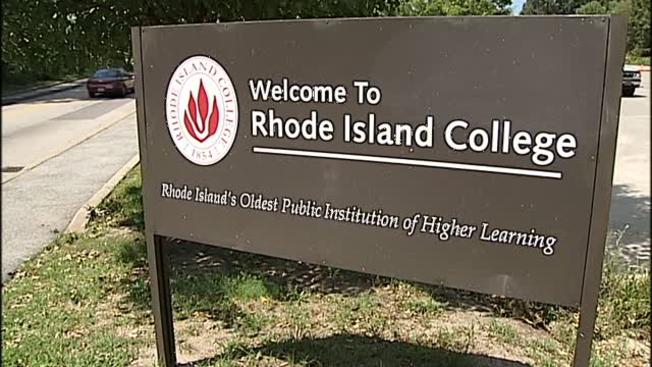The Governor’s Plan for Free College
February 6, 2017
Last month Governor Gina Raimondo made national headlines when she announced a plan to expand on the current Rhode Island Promise Scholarship in order to provide two years of free tuition to state colleges and universities.
Initiated in 2015, the RI Promise Scholarship is responsible for providing high school students with free Advanced Placement courses, free PSATS, free SATs, and the ability to take college-credit courses before graduating. The program also provides Rhode Island students at public and private colleges with scholarships, increasing the state scholarship from a former cap of $500 dollars to now a maximum of a possible $4,000 scholarship.
As part of the expansion, Rhode Island students attending CCRI will get their tuition of two years for their associated degree covered while students at RIC and URI will get the Junior and Senior years of their undergraduate studies covered. Room and boarding for living on campus will not be covered however. The tuition covered will be the difference a student owes after incorporating Pell Grants and financial aid.
The idea for RIC and URI is that the free tuition will create an incentive for students to make it to their Junior and Senior years in order to gain the free schooling.
Governor Raimondo hopes the plan will encourage more students to graduate on time and attract more students to in-state schools such as URI which has seen a rise in out-of-state students versus a drop of in-state students in recent years.
The plan is expected to cost around 30 million dollars against the state’s 9 billion dollar budget. Governor Raimondo considers it a “drop in the bucket.”
As for how the students feel, one senior, Vanessa Saucier, believes it is a great idea however, ultimately the decision of where she will attend next fall comes down to qualifications of the school. While the free tuition makes state schools more appealing, Saucier will be taking her major into account when deciding were she will attend.
All in all, despite the many financial benefits of staying in state, it seems that the opportunities offered at each school are what will determine admission, and not their tuitions.
